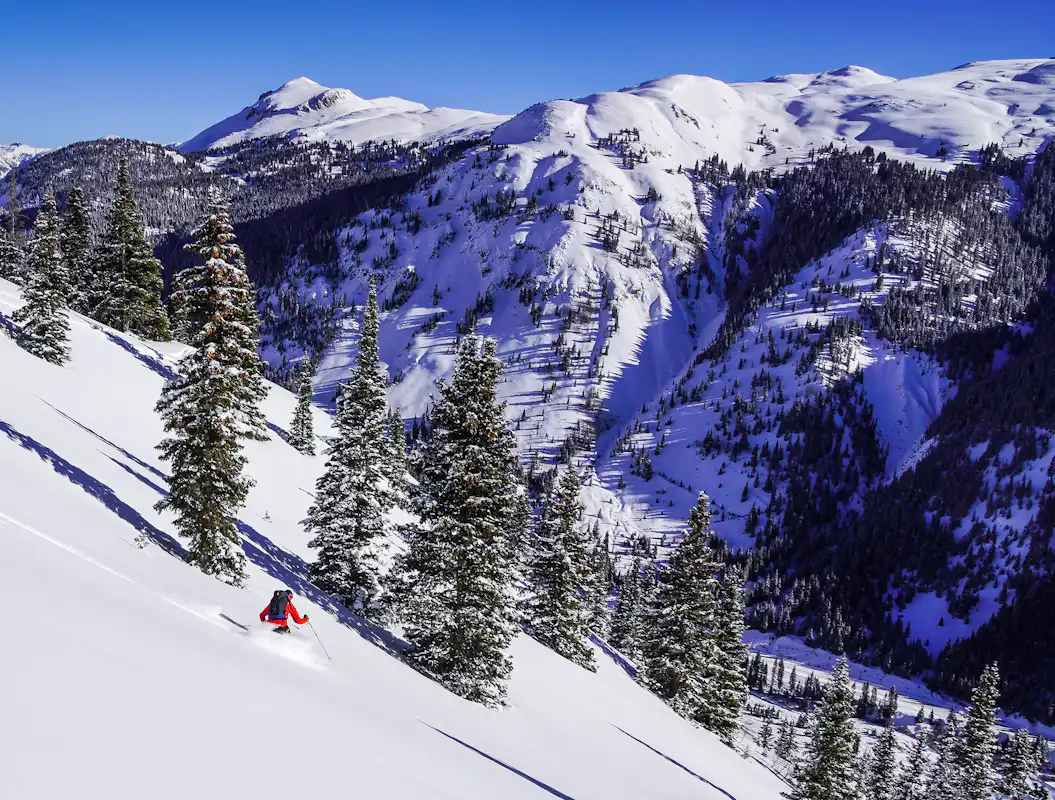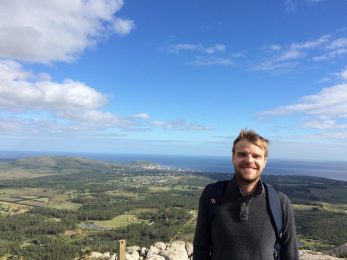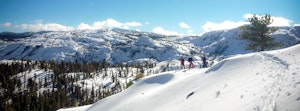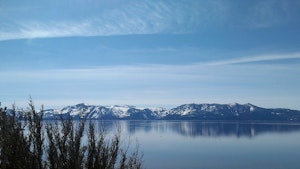Encompassing the vast majority of the southern Rocky Mountains as well as the tallest mountain in the entire range, Colorado is the epicenter for backcountry skiing in the United States, and rightfully so.
“Champagne powder,” is how Jayson Simons-Jones —an IFGMA-certified guide from the United States— describes the snow when asked. And this extremely high-quality powder is only one of the many reasons to come skiing in Colorado!
Jayson has been skiing in the Colorado Rocky Mountains for the past 20 years and has worked as a guide for even longer. His extensive experience and time spent exploring the Rockies makes him a bit of an expert in the state, especially where backcountry skiing is concerned.
He recently shared some of his backcountry skiing acumen and insights with Explore & Share. This included a few of his favorite spots, some useful tips about when to come as well as where to stay.
The result is the perfect mix of information and alluring prose that will have you planning your next backcountry skiing trip to Colorado before you’ve even finished reading this post!
3 Reasons to Go Backcountry Skiing in Colorado
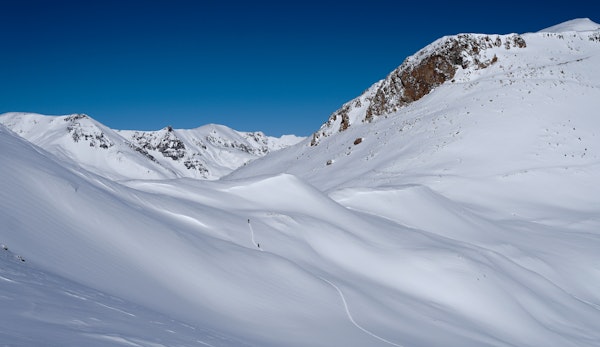
Stunning scenery
Colorado is easily one of the most beautiful states in the entire county. From the purplish hue of the Maroon Bells to the red-rock canyons in the Front Range, there are a multitude of colors and landscapes to experience. Backcountry skiing gets you out into this gorgeous countryside, exploring mountains, forests, canyons, lakes and more.
Perfect powder
“Colorado is famous for its low density, light, powder snow and amazing ski terrain,” Jayson said. This is the reason that the state is the epicenter of skiing in the U.S. Snow is fairly frequent during the winter, so there is plenty of fresh powder throughout the season. Heading into the backcountry generally guarantees that you’ll have some of the best untouched powder out there.
Avoid the crowds
While traditional ski resorts are usually teeming with people throughout the winter and into the spring, it’s quite a different story in the backcountry. There is so much terrain to cover and so much space, in general, that you’re sure to only share the powder with your guide and ski buddies.
Top Spots for Backcountry Skiing
1| Aspen/Crested Butte
In the U.S., Aspen has long been synonymous with ski holidays. The small city is world renowned for its impeccable pistes and luxurious resorts.
However, getting away from groomed slopes, there is plenty to see in the backcountry, from the stunning scenery and excellent runs of the Elk Mountains to the serenity of Green Mountain and premier terrain in Castle Creek Valley.
Exploring the 60 kilometers in between Aspen and Crested Butte is best done on skis and heading out into the backcountry is the best way to avoid long lines back in Aspen. Head to Crested Butte for a more low-key stay and enjoy great local skiing as well as heading up toward Aspen and out into the backcountry near Ashcroft. For Jayson,
“Many areas in Colorado offer amazing backcountry skiing for all levels of skier. Among my personal favorites after spending almost half my life skiing in these mountains, 20 years, are the Elk Mountains in the more remote Central parts of the state around Crested Butte.”
“These areas offer a great guided ski vacation destination with access to incredible on-piste resort skiing; amazing and inspiring backcountry ski touring amongst the area’s 3.000 to 4.000-meter non-glaciated peaks; wonderful remote backcountry huts to base out of; and mechanized access to guided snowcat and heli-skiing as well,” he added.
In brief:
Area: Central Rockies, just south of I-70 corridor
How to get there: Once you have arrived at Denver International Airport (DEN), you’re best bet is to rent a car and drive along I-70 West to Glenwood Springs, then turn off onto state route 82 and follow that down to Aspen. This takes about four hours and is incredibly scenic.
Difficulty level: Easy to difficult, depending on where you go and what you do.
Join Jayson for a 1+ backcountry skiing trip in Crested Butte!
2| San Juan Mountains
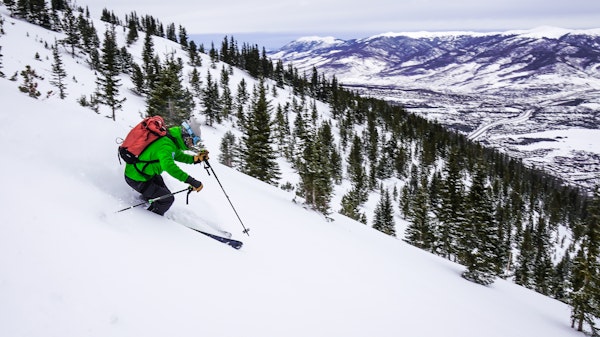
From the slopes of Bald Mountain outside of Telluride to the high passes and steep couloirs of Red Mountain, just a bit farther south, there is plenty to see and even more to ski in the San Juan Mountains backcountry. According to Jayson,
“These are some of the most rugged and remote mountains in the state, and offer incredible scenic beauty, very limited crowding, some of Colorado’s most historic mining towns and culture and the skiing is world-class".
While lesser known than the popular Front Range resorts or the Aspen-Crested Butte area, the San Juan Mountains offer the opportunity to immerse yourself in some of Colorado’s most beautiful scenery without having the share the slopes with a myriad of other skiers.
Heading out to Silverton, which is located just to the southeast of Telluride, offers pristine powders and excellent freeride runs. The spot is known to be the second home of U.S. Olympians when they are training for the winter Games.
"It’s a good zone to hire a guide for, as the avalanche conditions can be quite severe here due to the high elevation,” Jayson said. “Besides the backcountry ski touring, the access to local area hot springs; world-class ice climbing and lift served off-piste skiing in both Telluride Mountain Resort and Silverton Mountain, make the area the best winter destination in the U.S. in my opinion. ”
In brief:
Area: Southwestern Colorado
How to get there: Flying into the Durango-La Plata County Airport (DRO) is the fastest way to get here. You can connect here from the international airport in Denver (DEN), Dallas, Texas (DFW) and Phoenix, Arizona (PHX), year-round. From here, you’ll want to rent a car and make the 2.5 hour drive up US-160 before merging right onto state route 184 and taking a right on state route 145. This brings you to Telluride, a popular starting point in the San Juan Mountains.
Difficulty level: Intermediate and advanced
Join Jayson for 1+ day backcountry skiing in the San Juan Mountains!
3| Summit County
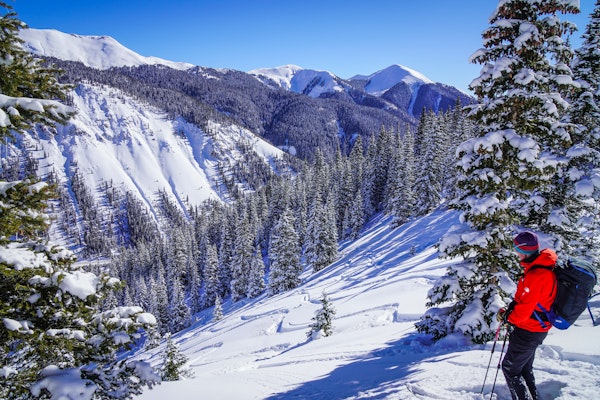
Located in just about the dead center of the state, Summit County is home to several of the tallest mountains in the contiguous U.S. Backcountry skiing opportunities abound here with plenty of access from several different resort towns.
Vail, sitting right alongside I-70, is the main destination here. Located close to excellent mountain slopes and pristine powder bowls, it is the perfect spot for backcountry skiers of all levels.
There are plenty of places to become acquainted with the sport, even if you have never skied off-piste before. As well as lots of spots to test your skills and see if you can keep up with your professional guide.
“People don’t need to be extreme free riders like depicted in the movies to ski the backcountry,” Jayson said. “In fact, we prefer if they aren’t!”
The Gore Range is another popular draw in Summit County. Complete with mountain huts dotting various points in the range, it is perfect for a half-week hut-to-hut backcountry ski adventure.
Complete with fantastic views, untouched powder and fresh mountain air, few experiences in life could possibly top a backcountry adventure out here.
In brief:
Area: Central Rockies along the I-70 corridor
How to get there: Once you have arrived at Denver International Airport (DEN), you’re best bet is to rent a car and drive along I-70 West to Vail. This takes about two hours and is incredibly scenic. Buses are available, but do not run often and take much more time.
Difficulty level: Easy to difficult, depending on where you go and what you do. Regardless of where you go in Colorado, yo do not need to be an extreme free-rider to ski in the backcountry.
4| Rocky Mountain National Park
Sitting about 100 kilometer north of Denver, Rocky Mountain National Park is probably the most famous attraction in all of Colorado.
Needless to say, once winter comes around most of the foot and car traffic dissipates and the park opens up to all sorts of ski touring adventures.
Full of majestic mountains, alpine lakes, high meadows and more, RMNP is a great spot for exploring on your skis. There are spots for beginners who are just getting their baring in the snow as well as more experienced skiers looking for a thrill.
Head down extreme slopes at break-neck speed and get your adrenaline pumping, with a view. Or go explore the park, skiing through the forests and valleys in a hut-to-hut expedition. Learn a bit about navigation and keep your eyes peeled for moose as you go. There’s something for everyone here!
In brief:
Area: North-central Colorado within the Front Range.
How to get there: Once you have arrived at Denver International Airport (DEN), you’re best bet is to rent a car and drive along E-470 until you hit I-25. From here turn north and follow I-25 until you reach US-36. Take US-36 toward Boulder and from there you will be able to follow the signs up into the mountains and toward the park.
Difficulty level: Easy to difficult, depending on where you go and what you do.
When is the best time to visit Colorado for backcountry skiing?
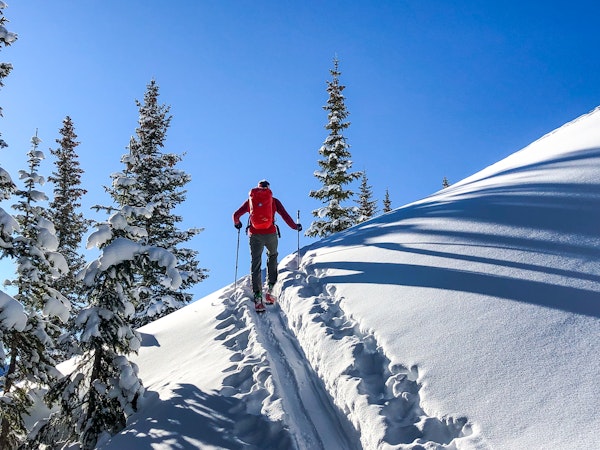
Backcountry skiing season in Colorado runs from December to early March or April, depending on the year.
During the winter time, average daily temperatures hover around -4ºC to -6ºC, but have been known to drop all the way to -15ºC. Temperatures are also generally colder the higher up in elevation you are.
While there is a lot of sunshine year-round in Colorado, the mountains tend to receive a fair amount of precipitation. How much varies a lot depending on where you are. However, popular backcountry skiing destinations tend to have snow all throughout the main ski season.
Storms can form quickly higher up int he mountains. Be sure to keep this in mind when heading out for longe periods of time. Dress and be properly equipped for anything up in the mountains.
How Much Does a Backcountry Skiing Trip Cost?
The cost of a backcountry skiing trip to Colorado largely depends on a few factors. Expect to spend about $400 for a one-day, single-person backcountry skiing trip. This price only includes the guide fee.
Heading out in larger groups of three to four generally drives the price down, sometimes as low as $100 per person.
For longer trips, expect to spend closer to $750 per person. This price generally covers half-board meal expenses and accommodations as well as the guiding fee, if you got hut-to-hut skiing.
However, every guide prices their trips differently and includes different things in that price. Be sure to check with your guide what is included and confirm a price quote prior to booking.
Where to Stay When you Visit
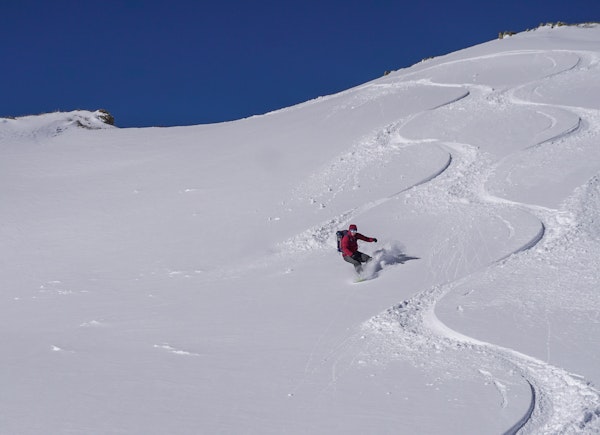
Colorado’s mountain towns are built for ski season. This means there are nearly endless accommodations, ranging from quaint bed and breakfasts to luxury hotels.
“In the San Juan Mountains, basing out of one of the many hotels and B&Bs in the small historic mountain town of Ouray, Colorado, offers great accommodations, access to local hot springs to soak in at night, restaurants and a quaint social scene,” Jayson said.
He points out that Ouray is an excellent starting location if you plan on heading up to Red Mountain. Telluride and Silverton, two small former mining towns, also have similar amenities and great access to other points in the San Juan Mountains.
“In the Crested Butte area, all backcountry skiing is done from various trailhead access points just a short ways outside of town limits, and the dual nature of the historic mining town and ski resort destination make lodging options and all the resort amenities endless,” Jayson added.
Expect to find similar, though slightly more expensive, accommodations in Aspen.
Regarding Rocky Mountain National Park, there are plenty of places to stay in Estes Park and the park is also easily accessed from Boulder and Loveland.
For Summit County, Vail and Breckenridge are the main starting points. Expect higher prices in Vail, but more of a ski-village feel. Breckenridge is more economic, but much less touristy and lacks some of the amenities found in Vail.
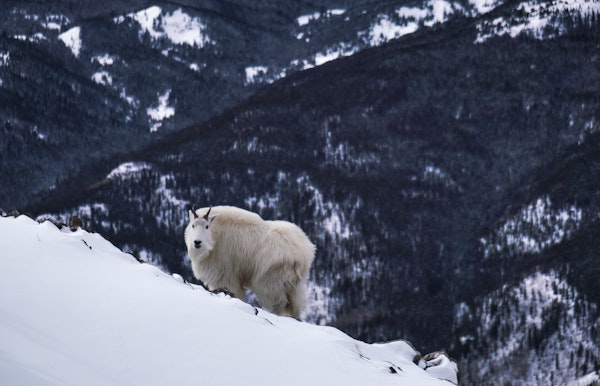
As you can see, there is plenty of backcountry skiing available all over colorful Colorado. We invite you to begin planning your next ski holiday today! Hiring a guide, such as Jayson Simons-Jones, will create an unforgettable experience.
